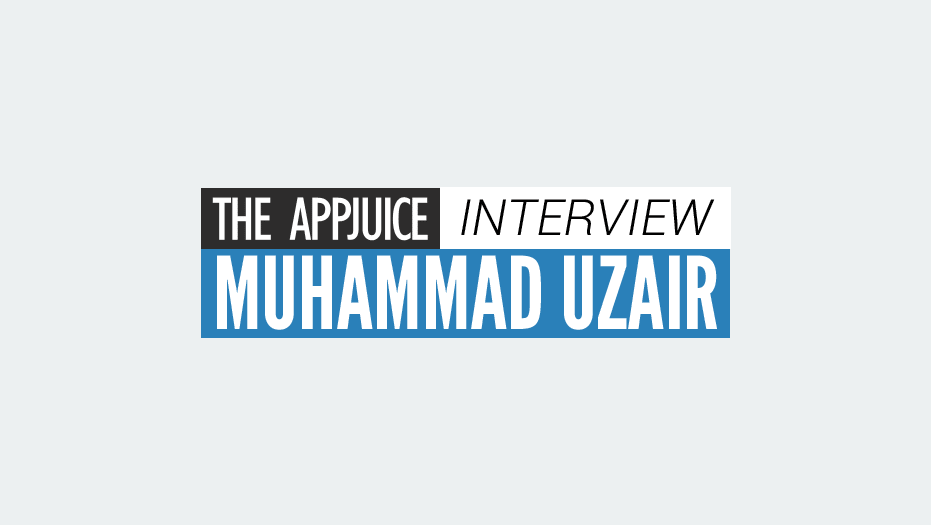This is the first Interview for our ‘Design Thinking’ Series.
The new buzz word is ‘design thinking’ and I tracked down some of the biggest names in design and UX to gauge what this meant to them and their best practices on the subject matter. First in line is Muhammad Uzair, Chief Designer of Ephlux – an enterprise & application development firm with clients like Disney, Caesars Palace and Phillips.
Is this just a buzzword or does have some weightage in the industry?
Certainly and successful design addresses three aspects – being desirable for the people it addresses, being viable for the businesses it assists and feasible for the engineers or technical teams it comes in contact with. Naturally, when people think of successful innovation, the traditional mindset spends more time on the second aspect i.e. viability of business than the other two. But its important to satisfy all three of these dimensions, that too simultaneously.
Can you give some examples you or others have worked on ?
Our work is a bit confidential and ongoing, but I can give you consultation examples. So Nest is a Calif based company that looked at the thermostats in peoples homes and found that almost 90% were not being programmed. The people dimension identified that users found it difficult to program their thermostats. So they sought out to make it easy and unnecessary to do this – they developed a learning thermostats, that with sensors figures out when the user is home and adjusts the temperature according to the users most frequent choices and own body temperature. They later developed a really simple mobile phone app and web interface, developing a viable business model around it. In this way, all three components were addressed.
In my opinion, BMW has been successful from a technical perspective for many years creating a holistic driving experience for drivers and passengers. Its a multiple sensory experience .. their designers and engineers think carefully about creating the user experience that is innovative & fun. AirBnB changes the way we rent rooms when travelling. It started out as Air Bed & Breakfast with the idea that you could rent a space on your couch, a spare room, entire apartment and even a tree house. Today, they are renting hundreds of room nights every week all around the world – 190 countries.
Successful design addresses three aspects – being desirable for the people it addresses, being viable for the businesses it assists and feasible for the engineers or technical teams it comes in contact with.
Suppose I want to implement the Ephlux approach at my company, how would I go about it?
Effective design has a process.The three steps my team undertakes are:
- Explore – finding the user empathy in similar projects
- Create – many designs and prototype the best ones
- Implement – and work on any iterations, A/B testing on the details
These skills (or habits) allow for effectiveness in creating the experiences. Just recognizing that one’s own experience isn’t enough, going out and exploring other experiences can make a difference. While designers think they can solve the problem, they don’t just take their first solution – they create a hundred solutions. The idea of using multiple solutions – defining & refining – is critical here and that’s a habit that effective design process teaches. In the implementation phase, effective designers tend to focus on getting the details right at the same time, which involves focusing on the details and iterations.
It’s been tough tracking down the origins of this approach .. is it you?
Not at all ! It’s a process learned over time from trial and error (something tolerated at Ephlux as long as good work is being done) but the source of this approach for me has been IDEO, a product design firm that has won more awards than any other. The company has applied this approach to all kinds of products across industries like sports equipment, retail spaces, consumer products and so forth.
What advice would you like to give designers at brands & agencies for this approach?
The approach makes all the difference, the one taken at IDEO, when faced with a challenge, is the acceptance of not having the right answer. Rather, they focus on having a process to reach the answer – defining the problem, creating plans (multiple) to solve it and executing the best tested plan.





 Startup Weekend goes to Peshawar
Startup Weekend goes to Peshawar
Comments are closed.